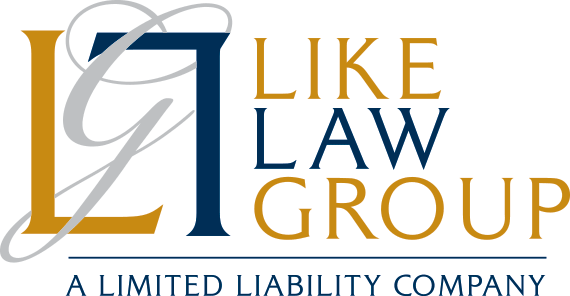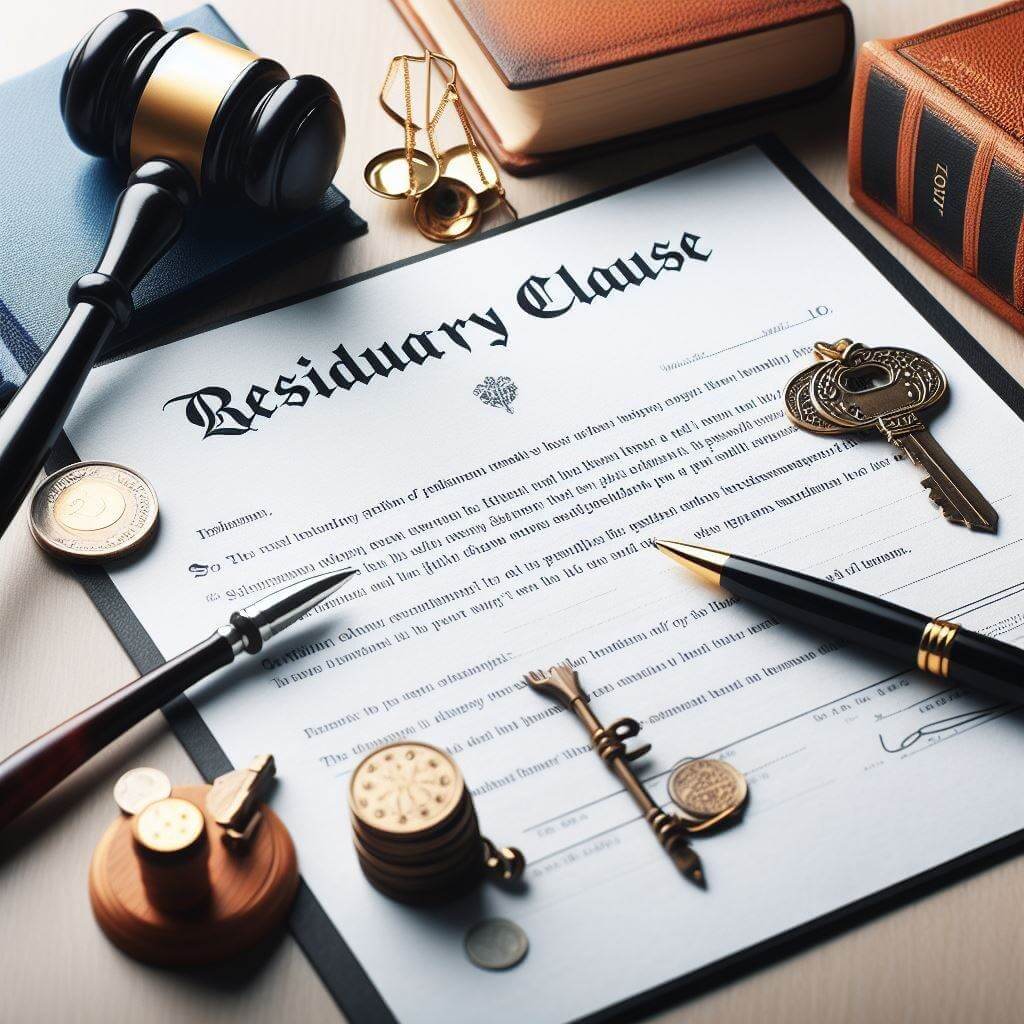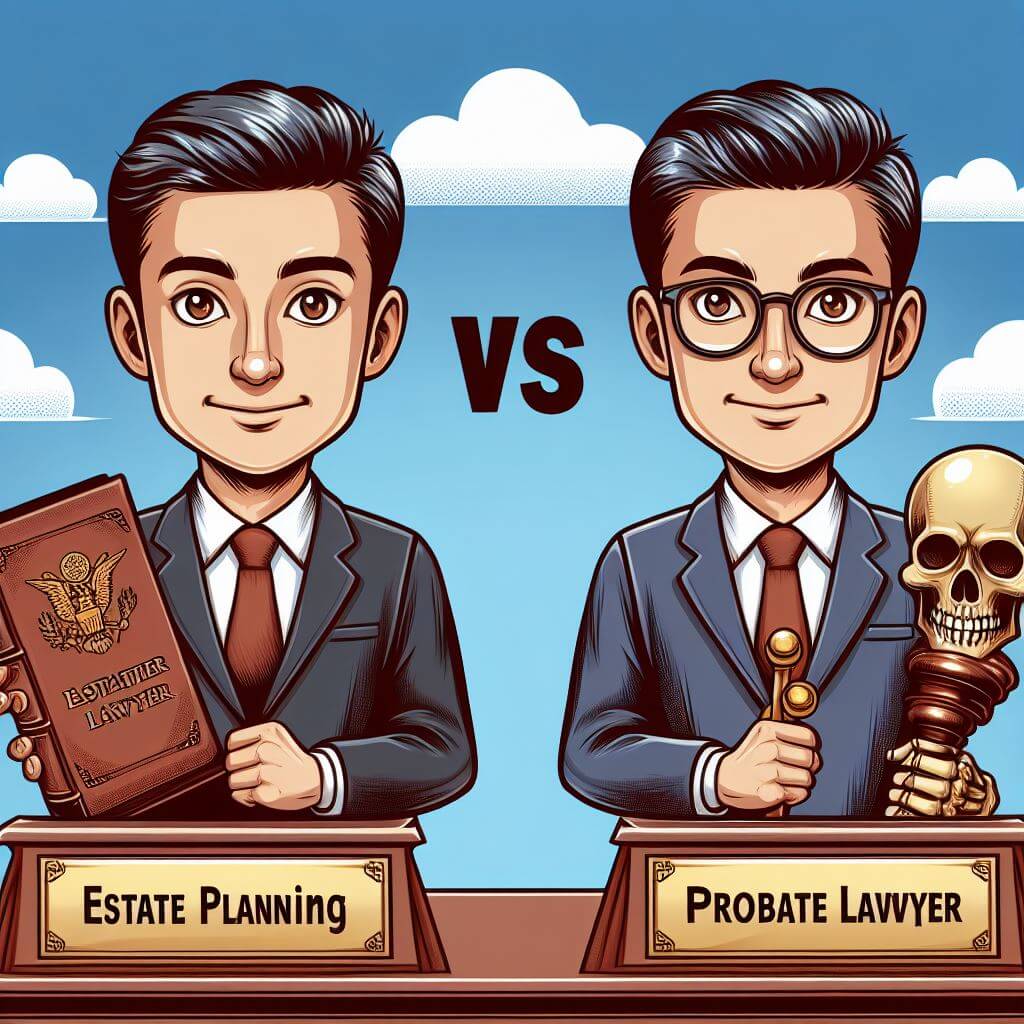As poet Robert Burns mused centuries ago, the best-laid plans of mice and men often go awry. Despite thoughtful effort and a concerted strategy, you cannot prepare for every emergency in life. A car accident, sudden illness, workplace injury, or chronic medical condition can force you to reevaluate the core assumptions you used to plan your future and set up your legacy.
According to the Centers for Disease Control and Prevention (CDC), approximately one in four US adults have some type of disability.[1] Frustratingly, once you are no longer able to manage your own affairs (also known as being incapacitated), you will not be able to turn back the clock and make plans that will make your transition into a possible incapacity as smooth as possible for you and your loved ones. However, you can take meaningful actions prior to an incapacity to protect your money, property, and legacy in the wake of any newfound limitations. Here are some insights to that end:
Work with a qualified estate planning attorney to ensure that you have taken the following actions:
- Legally appointed a trusted person to manage your property, pay your bills, file your taxes, and handle similar financial and legal matters if you are unable to do these tasks
- Legally appointed a trusted person to make healthcare decisions for you if you become mentally or physically unable to make them yourself
- Communicated your wishes about healthcare decisions such as end-of-life care and do-not-resuscitate instructions in a clear and legally valid manner (if your state allows for this)
Work with a knowledgeable financial advisor to take the following additional actions:
- Ensure that you have appropriate life or disability insurance coverage
- Reassess your investment options and portfolio in light of the possibility of new limitations and constraints on your ability to generate income
- Ensure that you have a budget that would work if you become incapacitated so that all of your bills will get paid on time
Mind this important distinction:
Incapacity for legal or estate planning purposes is different from disability for other purposes, such as the determination of government benefits.
For example, disability for purposes of determining government benefits might mean that a person cannot work gainfully anymore because of cancer or a workplace injury. On the other hand, incapacity in an estate planning context typically means that a person is no longer capable of making sound decisions, often due to systemic illness or injury. In other words, you can be considered disabled without being considered incapacitated.
Either way, it is important for us to work together with your financial advisor to ensure that you and your family are fully protected if you become incapacitated.
Here are some specific actions you can take now:
- Pay attention to where you want your money to go as well as to your long-term planning strategy. Your estate planning attorney can help you assess whether your current plans are still realistic and, if not, what alternative options you have.
- Maintain a healthy lifestyle. Visit your medical professionals on a regular basis and follow their instructions.
- Get the help you need from trusted professionals. Now is the time to tap your network of friends and family for assistance with the heavy lifting. No single advisor will have all of the answers. But your team can work in concert to reduce the anxiety and uncertainty that come with a potential incapacity and keep you focused on what really matters.
Please reach out to us to assess your long-term plans and documents so we can ensure that you are as secure as possible in the event of any new challenges.
- Disability Impacts All of Us, Ctrs. for Disease Control & Prevention: Disability and Health Promotion (May 15, 2023), https://www.cdc.gov/ncbddd/disabilityandhealth/infographic-disability-impacts-all.html.












